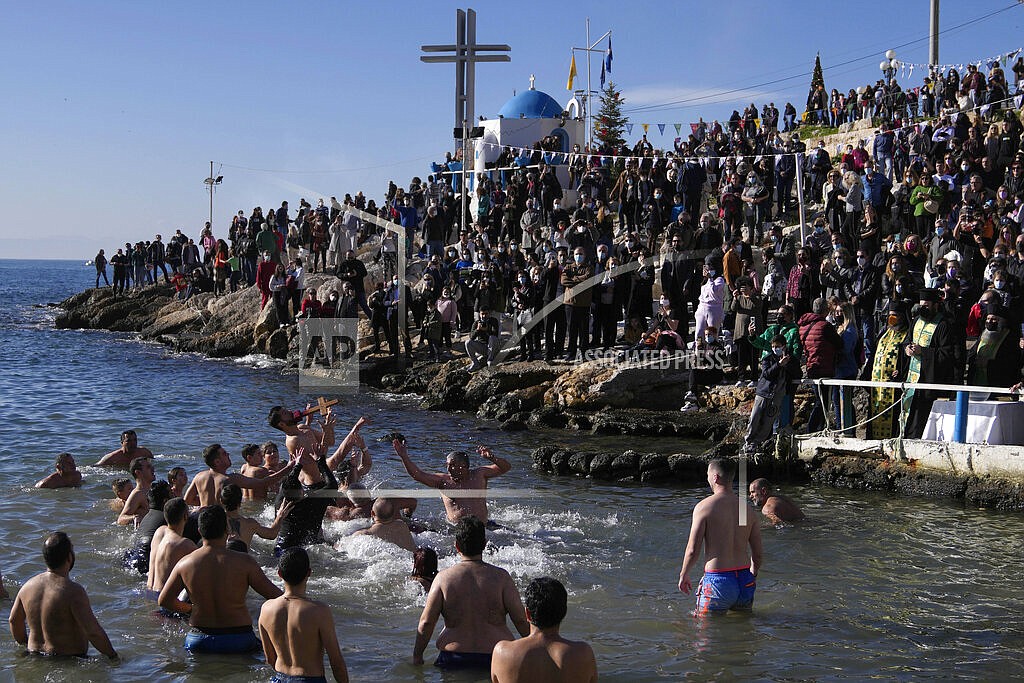
In the 1990s, the city commission on monuments therefore recommended that the remains be removed and replaced with new buildings. ĭespite the restoration, the church ruins deteriorated into a hangout spot for the local youth, leaving the remains covered in graffiti and soiled with urine. In addition, a cartouche with the text En Salicht Leiden ("and bless Leiden"), originally from Leiden's town hall (which was destroyed by fire in 1929), was placed into the eastern outer wall. During this restoration, a gate from the sacristy was placed on the inner wall of the choir. In 1982–1983, the church remains were restored. The archeologists even uncovered remains of the original 14th-century chapel and the foundations of an altar. Subsequent archeological research in 1979–1980 revealed that the church foundations, built on wooden poles, were still intact. In the 19th century a school building was constructed on the Vrouwekerk terrain. Some of these were returned to their original location in the Vrouwekerk in 1989. A number of tombstones were moved to the Pieterskerk church. Catharina Gasthuis, which had become a second Walloon Church at a time when the Vrouwekerk had become too small to accommodate the entire parish community. Prior to demolishment, the church organ was moved to the former chapel of the St. In 1837 only the church tower and some of the walls were left standing. Eventually the church was sold and largely demolished. Demolishment and restoration Īfter a large part of the Huguenot community in Leiden left the city for the New World, the Vrouwekerk started falling apart, so that in 1808 it was no longer possible to hold services there. Bush, director Orson Welles, and actor Richard Gere. presidents Franklin Delano Roosevelt, Ulysses S. Many well-known Americans are descended from Philippe de la Noye (later anglicized to Delano) and Hester le Mahieu and Francis Cooke these include U.S.

Cooke left for Plymouth on board the Mayflower in 1621 his wife joined him later. De La Noye's aunt, Hester le Mahieu, married the Pilgrim leader Francis Cooke in the Vrouwekerk in 1603. This Huguenot, born in Leiden in 1602, left for Plymouth Colony in 1621 on board the second Pilgrim ship, the Fortune. In 1603, Philippe de la Noye was baptized in the Vrouwekerk. The Pilgrims did not have their own church building and therefore used the Vrouwekerk and other churches in Leiden for their baptisms, weddings and funerals. A group of Leiden Huguenots led by Jessé de Forest were the first to settle on Manhattan, thereby founding New Amsterdam, now New York City. Like the Pilgrims, many of these Huguenots later left Leiden for the New World. During services, the church would be so packed that the entire congregation was forced to stand in order to make room for everyone.

As greater and greater numbers of religious refugees came to Leiden in the 17th century, the parish grew to some 6,000 members. The building was donated to the Huguenots ( Calvinist refugees from the Southern Netherlands and France), coming into use as a Walloon church in 1584. Huguenots and Pilgrims įollowing the Reformation, the name of the church was shortened to Vrouwekerk because the original name, Onze-Lieve-Vrouwekerk, was considered too Catholic-sounding. He founded the Stevenshofje in Leiden and was also one of the founders of the Leiden brewers' guild, which had its own chapel in the church. Wealthy Leiden brewer Willem van Tetrode (not to be confused with the sculptor of the same name) was buried in the church in 1487. A triptych painted by Cornelis Engebrechtsz., now in the Kunsthistorisches Museum in Vienna, probably served as altarpiece of this chapel. The chapel of the surgeons' guild, for instance, was devoted to Cosmas and Damian. The church contained chapels for various guilds.

The church was further enlarged in 1406 and a walled churchyard was built. As a result, in the mid-14th century the chapel was enlarged into a stone church called Onze-Lieve-Vrouwekerk ("Church of Our Lady") and in 1365 the church, originally part of the parish of Oegstgeest, became a parish church. In 1325 a bridge was built across the Rhine and Leiden expanded across the river to encompass Maredorp. Remains of the Vrouwekerk note the inscription En Salicht Leiden ("and bless Leiden") Middle Ages Īround the year 1300 a chapel devoted to the Virgin Mary was built to the northwest of Leiden, in the hamlet of Maredorp.


 0 kommentar(er)
0 kommentar(er)
